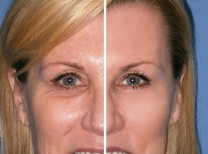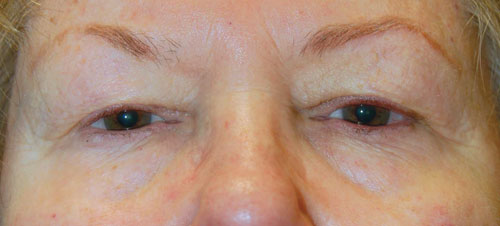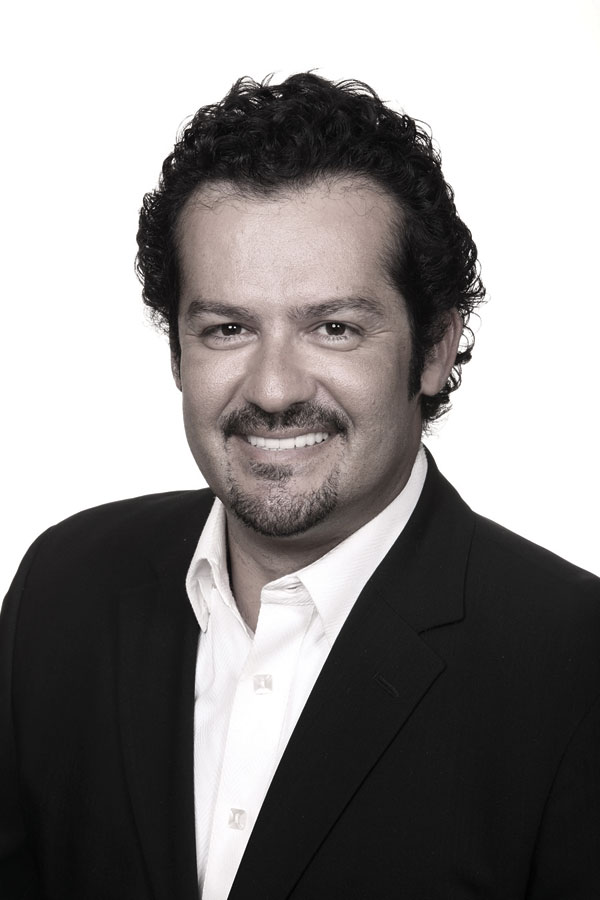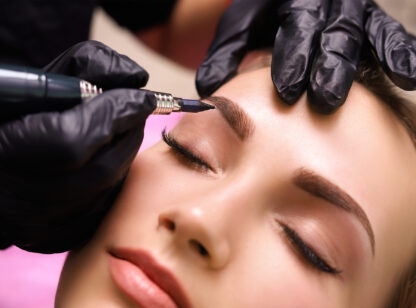Plastic surgery results usually come out great, but there are exceptions. Unsatisfactory results occur often enough that some surgeons, like me, develop a reputation as being the go-to man to rescue a bad result.
When a surgical nose result is bad, it’s very troubling to a person. It cannot be concealed. Make up helps a little, but not enough. Another challenge for the unhappy nasal patient is that there must be a relatively long waiting period before revision surgery can be done. I rarely break my one-year rule, because for up to a year there may still be a little swelling. The problem with going in too early is that swelling may conceal an issue. Furthermore, swelling may be the entire reason for the patients’ discontent and additional surgery ends up being unnecessary.
To understand the nature of the poor result, a little anatomy lesson is in order. The upper nose is made of two bones that arise from the cheek bone. The nasal bones are connected to the middle part of the nose, which are the upper lateral cartilages. The lower part of the nose (the tip) is made of the lower lateral cartilages which arch up from the nostrils, bend inward at the tip and continue inward together forming the bit of tissue between your nostrils, called the columella. The nasal septum begins just above the columella and continues upward to right between your eyes. The lower part is cartilage and the upper part is bone. That means that cosmetically, the nose has three thirds: the upper which is bone, and the middle and lower (tip) which are cartilaginous.
One of the hardest things to do in plastic surgery is to have smooth transitions between these three parts. Specifically, the junction of the upper nose and the middle third is the most troublesome. Dissatisfaction with the tip is the second most commonly reported complaint. Lastly, it can be a concern if the resulting nose is not straight or symmetrical.
The fix for these problems is usually surgery, but surprisingly, some of them can be substantially improved with the use of injectable fillers or injectable steroids. If surgery is required, it is imperative for the surgeon to educate the patient about this anatomy and where the problem lies. A “punch list” of problems needs to be identified for the patient to fully understand the root of the dissatisfaction. Patients who understand the nature of the defect are most likely to be happy with revision surgery, even if not every single item can be corrected. Patients who are vague and say: “I just don’t like it” are not helping their surgeon establish a pre-operative plan.
Healing from revision surgery takes longer than healing from first-time surgery and patients need to know that ahead of time. That’s the reason revising a nose by simply injecting it has become the first choice, if the defect can be managed that way.
To determine if your unsatisfactory surgical result can be remedied, contact a board certified plastic and reconstructive surgeon.
Dr. Ordon is medical director and owner of The Plastic Surgery Institute in Rancho Mirage and co-host of The Doctors television show. The Plastic Surgery Institute can be reached at (760) 568.2211.














































Comments (0)